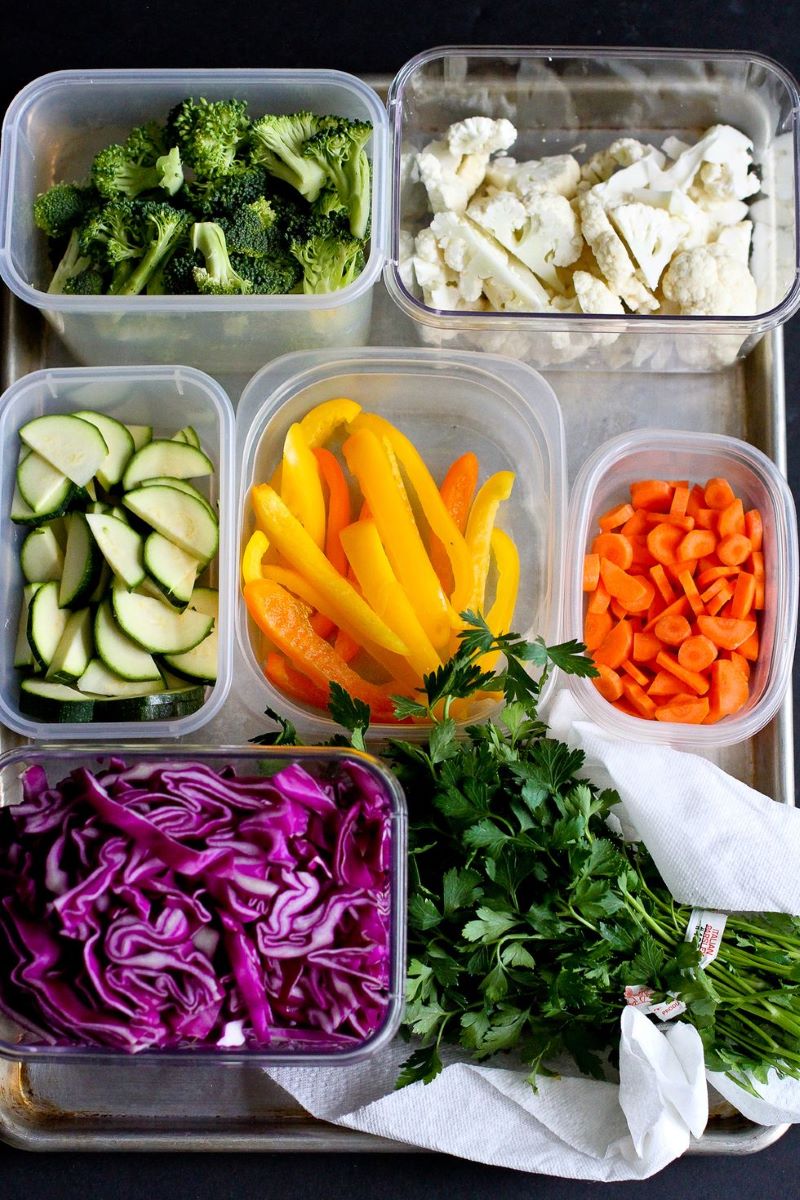

Articles
How To Store Cut Veggies
Modified: January 9, 2024
Learn the best ways to store cut vegetables to keep them fresh and flavorful using our informative articles.
(Many of the links in this article redirect to a specific reviewed product. Your purchase of these products through affiliate links helps to generate commission for Storables.com, at no extra cost. Learn more)
Introduction
Welcome to the world of fresh and healthy eating! If you’re someone who likes to include plenty of vegetables in your diet, you know that prepping them can be time-consuming. But did you know that you can save time and effort by storing your cut veggies properly? In this article, we will explore the benefits of storing cut veggies, provide tips on choosing the right containers, discuss proper preparation techniques, and guide you through the process of storing cut veggies in both the refrigerator and the freezer. So, let’s dive in and discover how you can extend the shelf life of your cut veggies while keeping them fresh and flavorful!
Key Takeaways:
- Save time and reduce food waste by properly storing cut veggies in airtight containers. Enjoy the convenience of having pre-cut vegetables on hand for quick and nutritious meal preparation.
- Extend the shelf life of cut vegetables by following proper preparation techniques and utilizing the refrigerator and freezer. Maximize freshness, flavor, and nutritional value for a healthier culinary experience.
Read more: How To Store Veggies And Fruits
Benefits of Storing Cut Veggies
Storing cut vegetables not only saves you time in the kitchen but also allows you to enjoy the benefits of fresh produce all week long. Here are some key advantages of properly storing your cut veggies:
- Convenience: By pre-cutting your vegetables, you can save a significant amount of time during meal preparation. Whether you’re rushing to get dinner on the table or packing a quick lunch, having pre-cut veggies on hand makes the process faster and more efficient.
- Extended Shelf Life: Cut vegetables have a shorter shelf life compared to whole vegetables. However, by storing them properly, you can extend their freshness and usability. This means less food waste and more opportunities to incorporate healthy vegetables into your meals throughout the week.
- Meal Planning Made Easy: When you have cut veggies prepared and stored in your refrigerator, it becomes easier to plan your meals. You can simply reach for the pre-cut vegetables and add them to salads, stir-fries, soups, or any other recipe that calls for fresh vegetables. This simplifies your meal planning process and ensures you have nutritious options readily available.
- Cost Savings: Buying pre-cut vegetables from the grocery store can be more expensive compared to purchasing whole vegetables. By cutting and storing your own veggies, you can save money in the long run. Additionally, by extending the shelf life of your cut veggies, you reduce the risk of food wastage and save on grocery costs.
- Encourages Healthy Snacking: Having cut veggies readily available in your refrigerator makes it more likely that you and your family will choose them as a snack option. When healthy snacks are easily accessible, you’re more likely to make nutritious choices and avoid reaching for unhealthy alternatives.
Now that you’re aware of the benefits of storing cut veggies, let’s explore the next step: choosing the right containers to store them.
Choosing the Right Containers
When it comes to storing cut vegetables, choosing the right containers is essential to maintain their freshness and prevent them from spoiling quickly. Here are a few factors to consider when selecting containers for your cut veggies:
- Airtightness: Opt for containers that have airtight seals to prevent air from entering and moisture from escaping. This helps to preserve the freshness and crispness of your cut vegetables. Look for containers with secure lids that create a tight seal when closed.
- Size and Shape: Consider the size and shape of the containers based on the quantity of cut vegetables you plan to store. It is advisable to choose containers that are appropriately sized to accommodate the vegetables without overcrowding them. This prevents damage and allows for better air circulation.
- Material: Select containers made of food-grade materials that are safe for storing food. Glass containers are a popular choice as they are non-reactive, do not absorb odors, and are both microwave and dishwasher safe. BPA-free plastic containers are also suitable as long as they are labeled as food safe.
- Transparency: Opt for transparent containers or those with clear lids. This allows you to easily see the contents without having to open the containers, which helps to minimize exposure to air and maintain freshness.
- Stackability: Look for containers that are designed for easy stacking. This allows you to maximize storage space in your refrigerator or freezer and keeps your cut vegetables organized.
Remember, it’s important to clean and sanitize your containers before storing cut vegetables. This helps to eliminate any bacteria or residue that may contaminate the veggies and affect their freshness.
Now that you know how to choose the right containers, let’s move on to the next step: proper preparation techniques.
Proper Preparation Techniques
Before you start cutting and storing your vegetables, it’s crucial to follow proper preparation techniques to ensure optimal freshness and safety. Here are some essential steps to consider:
- Wash Thoroughly: Start by washing your vegetables under running water to remove any dirt or debris. Use a brush if necessary to scrub away stubborn dirt. This step helps to eliminate any potential contaminants and ensures your veggies are clean before cutting.
- Dry Completely: After washing, make sure to dry your vegetables thoroughly. Excess moisture can accelerate spoilage, so use a clean kitchen towel or paper towel to pat them dry. This step is particularly important if you plan to store your cut vegetables in the refrigerator.
- Trim and Cut: Trim off any stems, leaves, or damaged parts of the vegetables. Then, proceed to cut them into your desired shapes and sizes. It’s recommended to cut the vegetables into uniform pieces to ensure they cook evenly and have consistent texture.
- Separate Delicate and Sturdy Veggies: Group the cut vegetables based on their texture and sensitivity to ethylene gas. Delicate veggies such as leafy greens and herbs should be stored separately from sturdier veggies like carrots and cucumbers. This helps to prevent wilting and flavor transfer.
By following these preparation techniques, you set the foundation for the proper storage of your cut vegetables. Now let’s move on to the two main methods of storing cut veggies: in the refrigerator and in the freezer.
Storing Cut Veggies in the Refrigerator
The refrigerator is a great place to store cut vegetables, as it helps to slow down the spoilage process and keep them fresh for longer. Here’s how you can store your cut veggies in the refrigerator:
- Use Airtight Containers: Transfer the cut vegetables into clean and airtight containers. Make sure the containers are suitable in size to prevent overcrowding, which can cause the vegetables to become mushy or spoil faster. Alternatively, you can also use resealable plastic bags designed for food storage.
- Crisp Preservation: Line the containers or bags with a dry paper towel to absorb any excess moisture and help maintain the crispness of the vegetables during storage.
- Label and Date: It’s helpful to label the containers or bags with the name of the vegetable and the date of storage. This will help you keep track of the freshness and ensure that you use the oldest cut vegetables first.
- Store Properly: Place the containers or bags in the refrigerator’s crisper drawer, which is designed to maintain humidity and preserve the freshness of produce. If the crisper drawer doesn’t provide enough space, you can store the containers on a shelf or in a designated vegetable drawer.
- Optimal Storage Time: The storage time for cut vegetables in the refrigerator varies based on the type of vegetable. Generally, most cut vegetables can be stored for 3 to 5 days. However, leafy greens and delicate herbs may wilt faster and should be consumed within 1 to 2 days.
Remember, it’s essential to check the quality of the cut vegetables before consuming them. If you notice any signs of spoilage, such as a slimy texture, off odor, or discoloration, discard them immediately.
Now that you know how to store cut vegetables in the refrigerator, let’s move on to the next method: storing cut veggies in the freezer.
Store cut veggies in airtight containers or resealable bags with a paper towel to absorb excess moisture. Keep them in the refrigerator to maintain freshness and crispness.
Read more: How To Store Prepped Veggies
Storing Cut Veggies in the Freezer
Freezing is an excellent option for preserving the freshness and nutritional value of cut vegetables for an extended period. Here’s how you can store your cut veggies in the freezer:
- Blanching: Blanching is a crucial step before freezing most vegetables. It helps to preserve the color, texture, and flavor while also deactivating enzymes that can cause deterioration. To blanch, bring a pot of water to a boil and briefly immerse the cut vegetables in boiling water. Then, transfer them to an ice bath to quickly stop the cooking process. Drain and pat dry before freezing.
- Use Freezer-safe Containers: Choose freezer-safe containers or freezer bags that are designed to withstand freezing temperatures without cracking or freezer burn. They should also have airtight seals to prevent air and moisture from entering.
- Portion and Package: Divide the blanched and dried cut vegetables into portion sizes that you will likely use in one meal. This makes it easier to thaw and prevents thawed leftovers from refreezing, which can affect their quality. Place the portions into the containers or freezer bags, and remove as much air as possible before sealing.
- Label and Date: As with storing in the refrigerator, labeling the containers or bags with the name of the vegetable and the date of freezing is essential. This helps you keep track of the storage time and use the oldest packages first.
- Freeze Properly: Place the sealed containers or bags in the freezer, ensuring they are stored in a flat position to maximize space and prevent them from getting crushed. Allow enough space between packages for air circulation, which promotes faster freezing and better quality.
- Optimal Storage Time: Cut vegetables can generally be stored in the freezer for 8 to 12 months. However, the quality may gradually deteriorate over time, so it’s best to consume them within the first 6 to 9 months for the best flavor and texture.
When you’re ready to use the frozen cut vegetables, simply thaw them in the refrigerator overnight or quickly blanch them before adding to your desired recipe.
Now that you know how to store cut vegetables in the freezer, let’s explore some additional tips for maintaining their freshness and safety.
Tips for Maintaining Freshness
Proper storage is key to maintaining the freshness of cut vegetables. Here are some additional tips to help you keep your cut veggies fresh and flavorful:
- Store in the Right Temperature: For refrigerator storage, maintain a temperature of 40°F (4°C) or below to prevent bacterial growth. In the freezer, set the temperature at 0°F (-18°C) or lower to maintain the quality of the vegetables.
- Keep Separate from Ethylene Producers: Certain fruits, such as apples, bananas, and tomatoes, produce a ripening gas called ethylene, which can speed up the spoilage of vegetables. Store cut veggies separately from these ethylene-producing fruits to extend their shelf life.
- Don’t Overstuff the Container: Avoid overcrowding the container or bag when storing in the refrigerator or freezer. Overpacking can lead to poor air circulation, causing the vegetables to spoil faster. Leave some space for the veggies to breathe.
- Check Regularly: Check the cut vegetables regularly for any signs of spoilage, such as discoloration, sliminess, or off odors. Remove any spoiled pieces to prevent the deterioration from spreading to other vegetables.
- Rotate the Stock: When using cut vegetables, make sure to rotate your stock by using the oldest ones first. This ensures that none of the vegetables go to waste and that you consume them while they are still fresh.
- Proper Thawing: If you’re thawing frozen cut vegetables, do so in the refrigerator overnight rather than at room temperature. This slow thawing process helps to retain the texture and flavor of the vegetables.
By following these tips, you can maximize the freshness and quality of your cut vegetables, reducing waste and ensuring a delightful culinary experience.
Now, let’s move on to some safety measures when it comes to storing and handling cut vegetables.
Safety Measures
Ensuring the safety of your cut vegetables is crucial to protect yourself and your loved ones from foodborne illnesses. Here are some important safety measures to keep in mind:
- Hygiene: Always wash your hands thoroughly with soap and water before handling vegetables, especially when cutting and storing them. This helps to reduce the risk of bacterial contamination.
- Handling Cross-Contamination: To avoid cross-contamination, use separate cutting boards and utensils for raw meat, poultry, and seafood, and for vegetables. This prevents the transfer of harmful bacteria from one type of food to another.
- Sanitization: Properly clean and sanitize your cutting boards, knives, and containers before and after use. Use hot, soapy water and a food-safe sanitizing solution to eliminate any bacteria that may be present.
- Temperature Control: Ensure that your refrigerator and freezer are set to the proper temperatures to keep your cut vegetables safe from bacterial growth. Refrigerator temperatures should be at or below 40°F (4°C), while freezer temperatures should be set at 0°F (-18°C) or lower.
- No Room Temperature Storage: Avoid leaving cut vegetables at room temperature for an extended period. Bacteria can multiply rapidly at room temperature, increasing the risk of foodborne illnesses. Promptly refrigerate or freeze your cut vegetables after preparation.
- Discard If Doubtful: If you are unsure about the freshness or safety of your cut vegetables, it is better to err on the side of caution and discard them. Trust your senses – if the vegetables have an off odor, unusual texture, or discoloration, it’s best to get rid of them.
By following these safety measures, you can reduce the risk of foodborne illnesses and ensure that your cut vegetables are safe and healthy to consume.
Now that you’re aware of the safety measures, let’s wrap up the article.
Conclusion
Properly storing cut vegetables is an efficient way to save time, reduce food waste, and enjoy the benefits of fresh and healthy produce throughout the week. By following the tips and techniques outlined in this article, you can extend the shelf life of your cut veggies and maintain their optimal freshness.
Choosing the right containers, properly preparing the vegetables, and storing them in the refrigerator or freezer are essential steps in keeping your cut veggies fresh. Additionally, following safety measures, such as practicing good hygiene, preventing cross-contamination, and maintaining proper temperature control, ensures the safety of your stored vegetables.
Remember to regularly check the quality of your cut veggies and discard any spoiled pieces to maintain the overall freshness of the batch. Properly labeling and rotating your stock helps to ensure that you utilize the oldest vegetables first and minimize food waste.
With these techniques and guidelines, you can confidently store your cut vegetables, whether it’s crisp bell peppers, crunchy carrots, or vibrant greens. By incorporating freshly cut vegetables into your meals, you’ll be adding flavor, nutrition, and convenience to your culinary endeavors.
So, next time you find yourself pressed for time in the kitchen, take a moment to prep and store your cut veggies. Your future self will thank you for the convenience and deliciousness that awaits!
Happy cooking and enjoy your freshly stored cut vegetables!
Frequently Asked Questions about How To Store Cut Veggies
Was this page helpful?
At Storables.com, we guarantee accurate and reliable information. Our content, validated by Expert Board Contributors, is crafted following stringent Editorial Policies. We're committed to providing you with well-researched, expert-backed insights for all your informational needs.
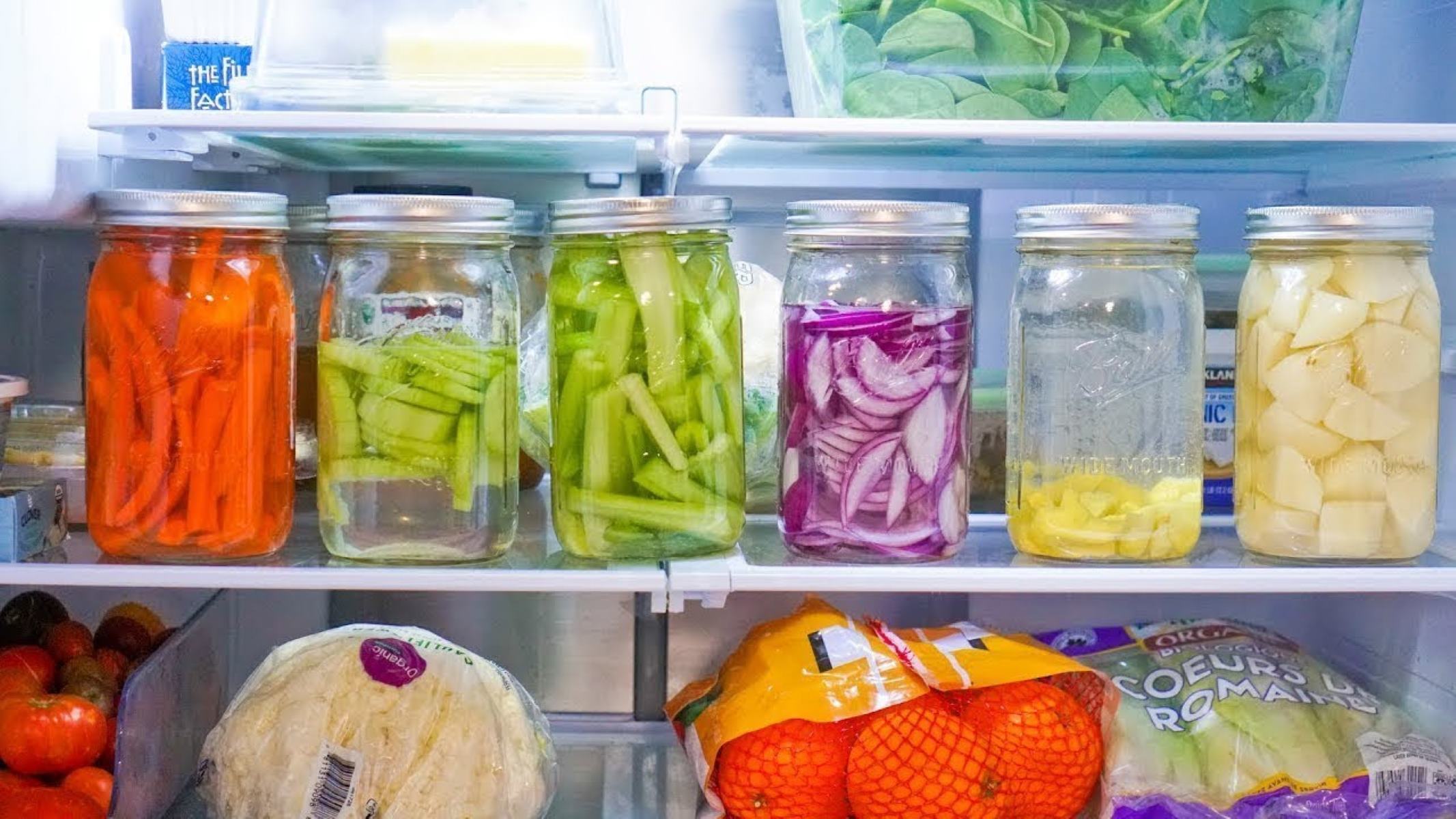
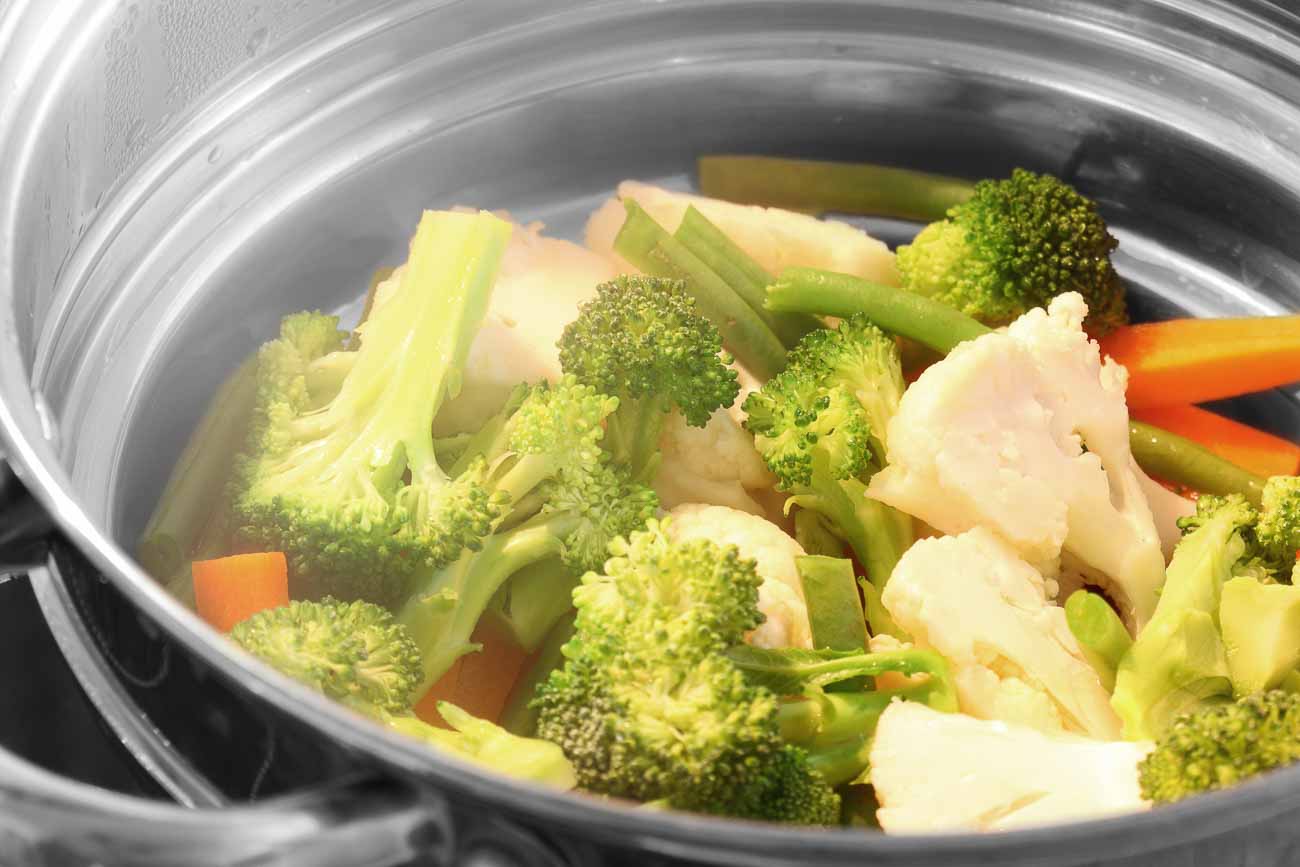
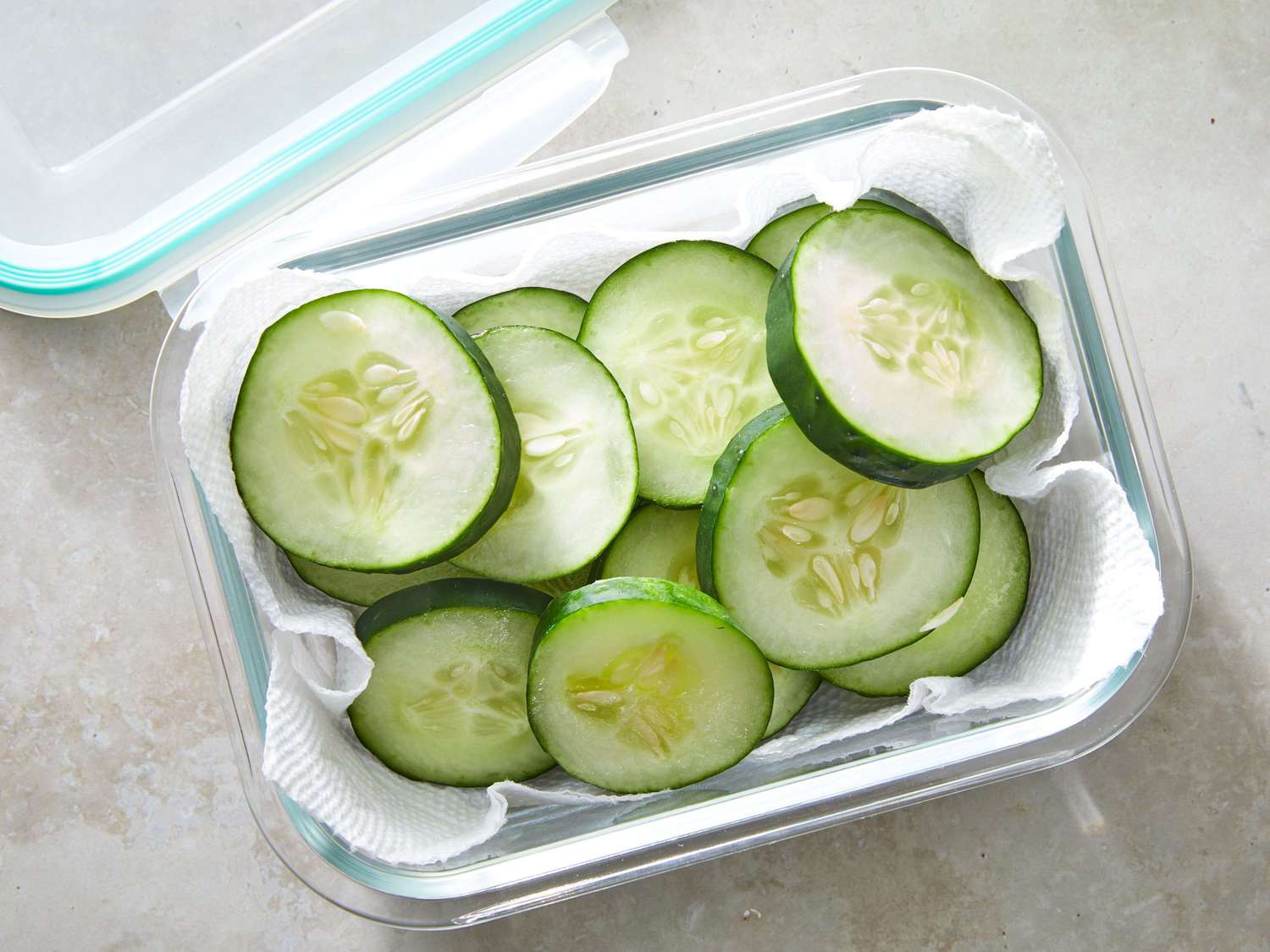
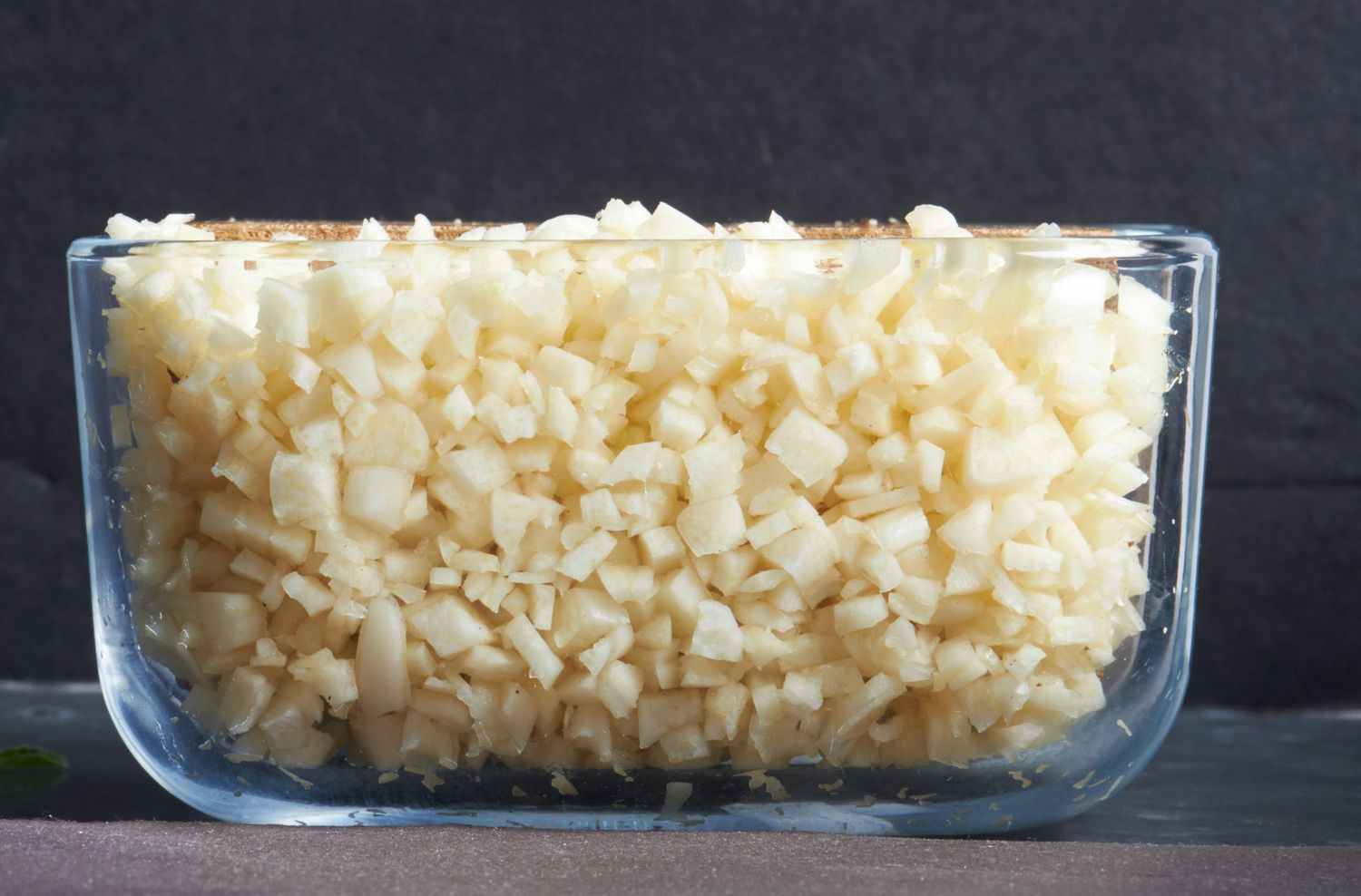
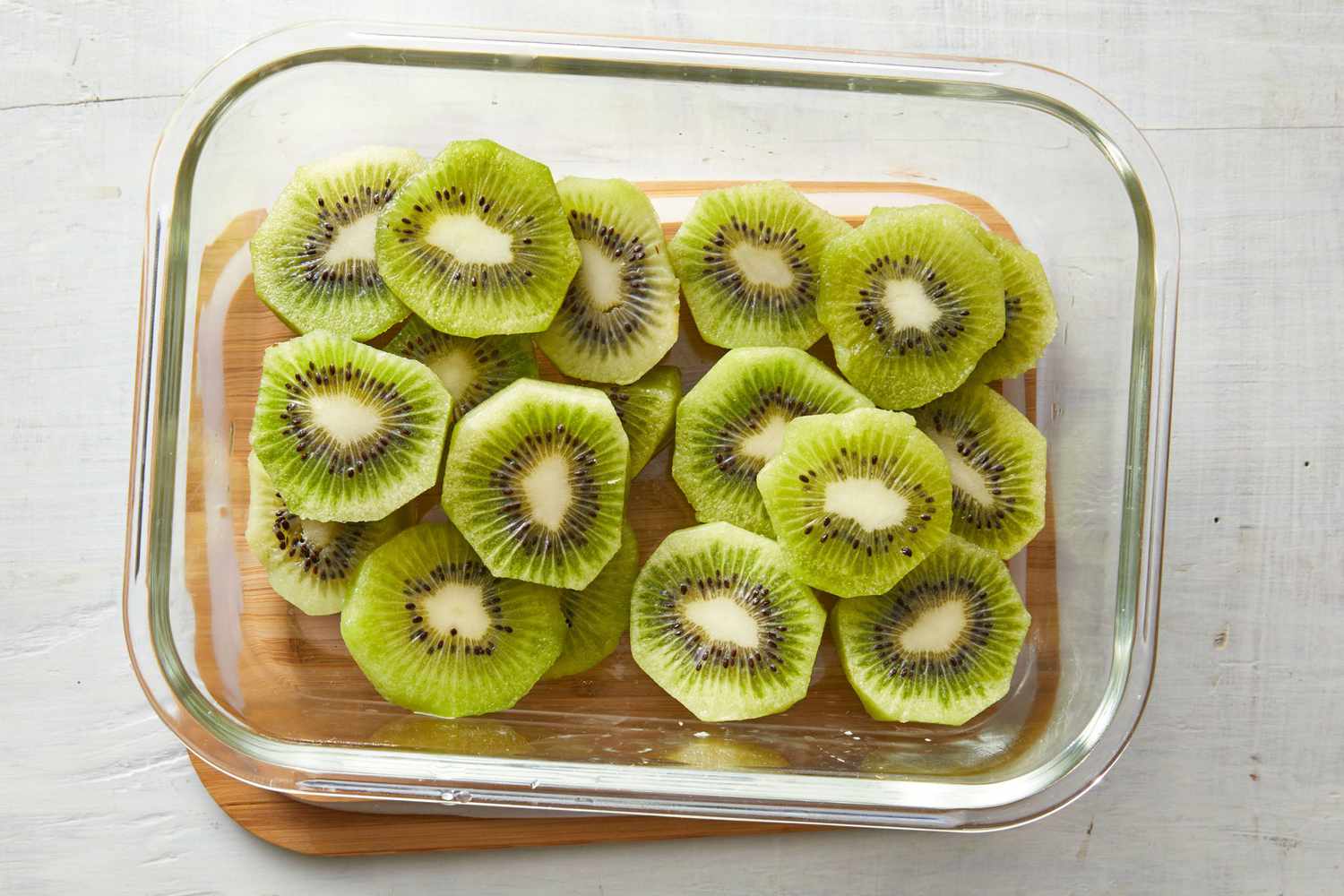
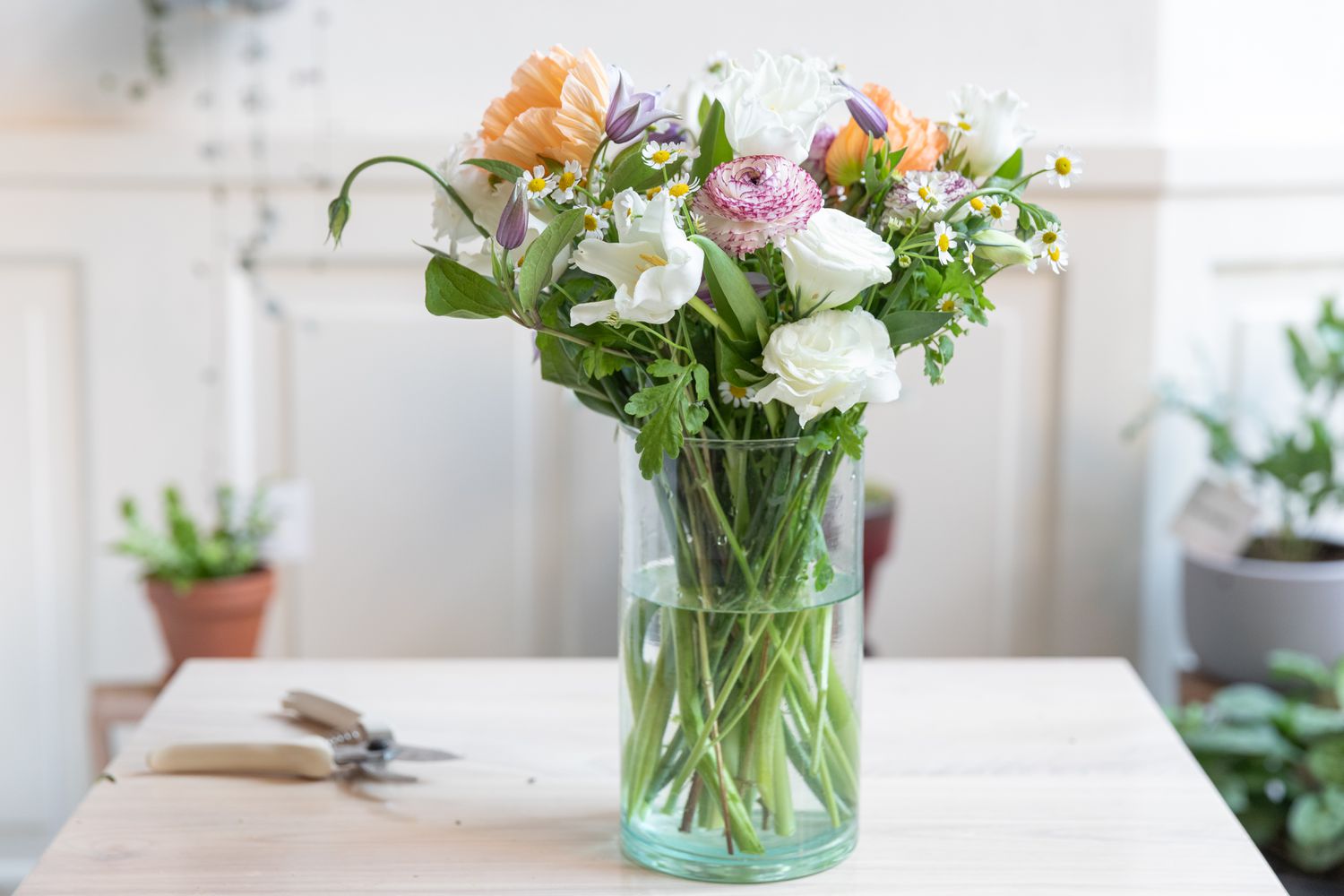
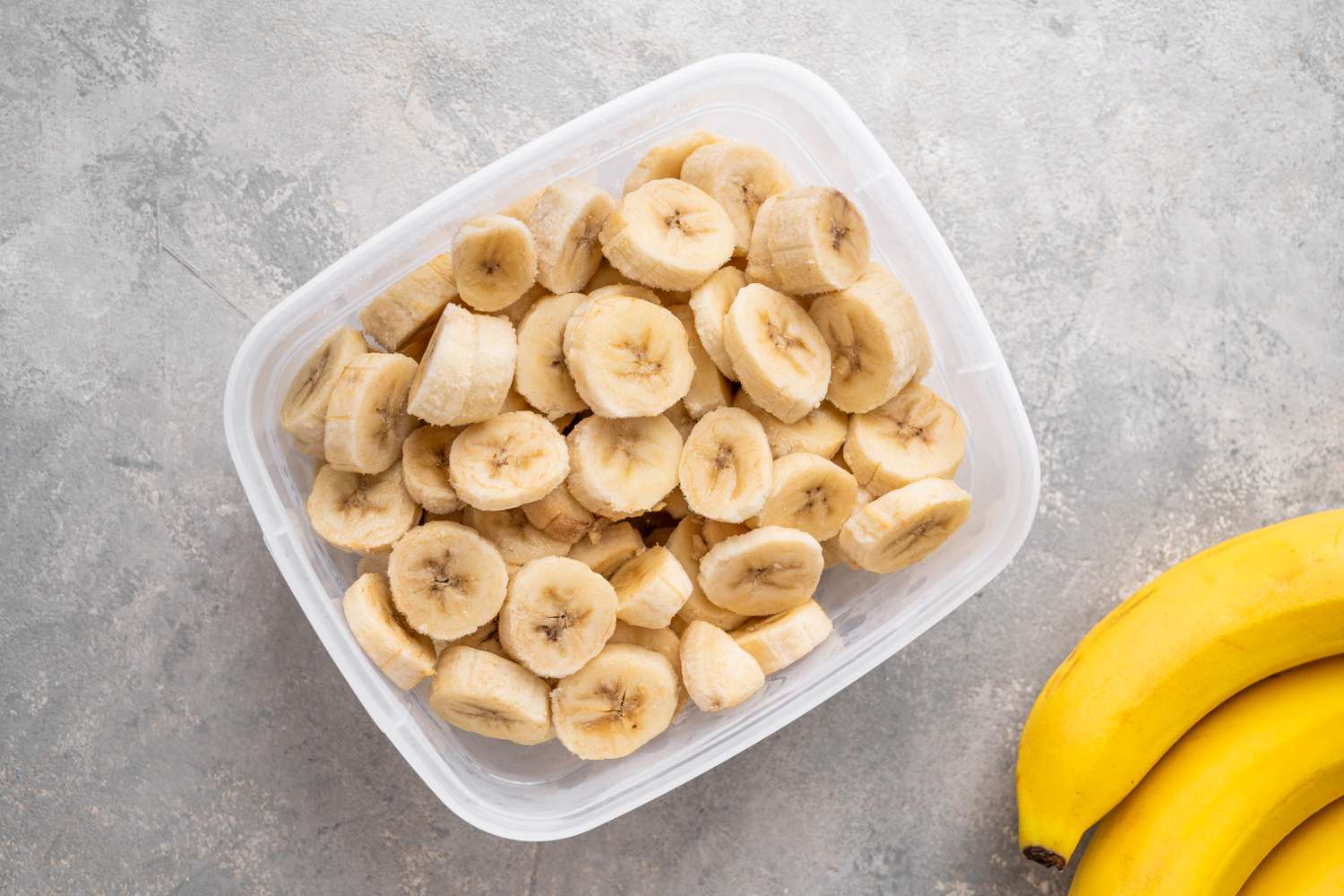
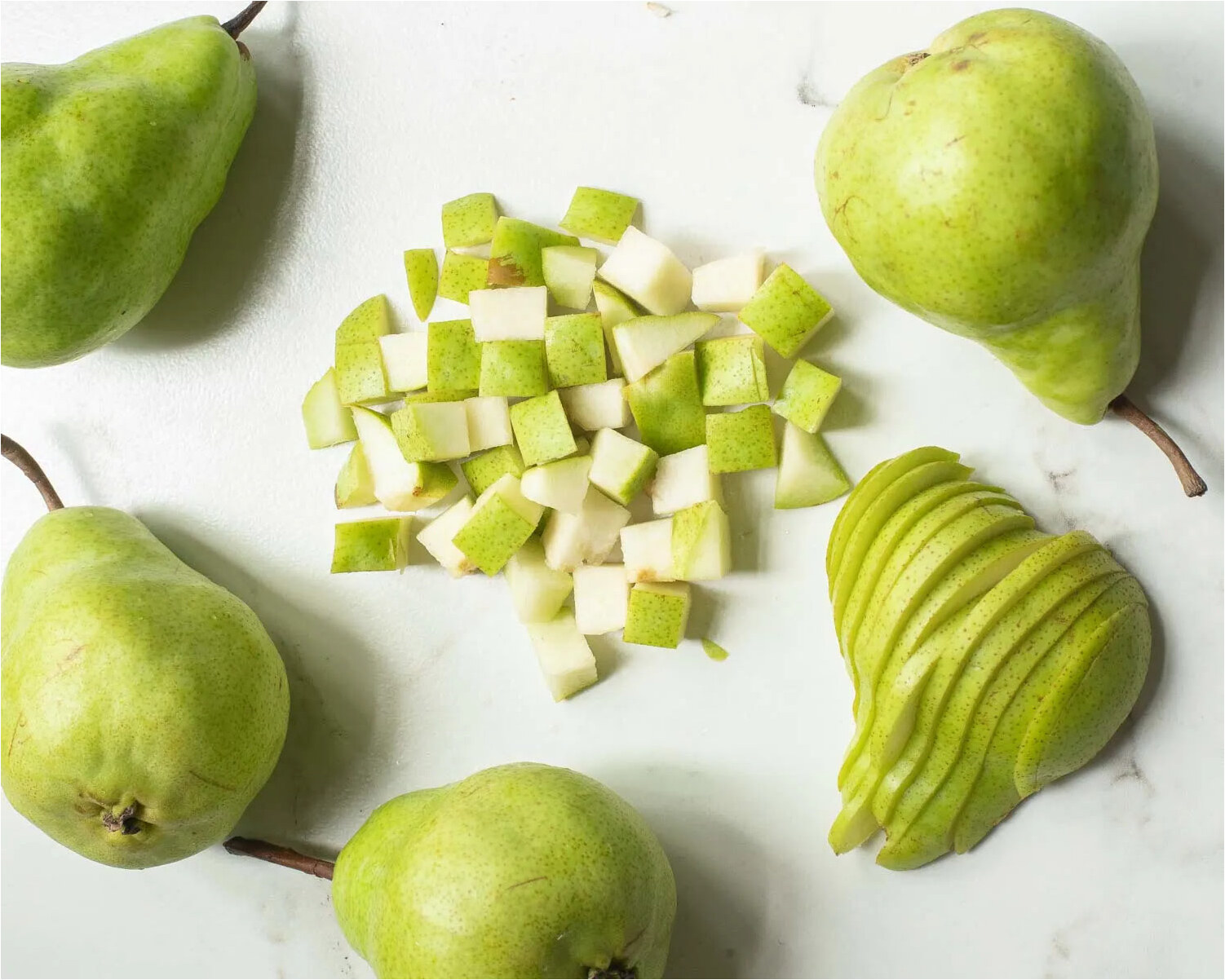
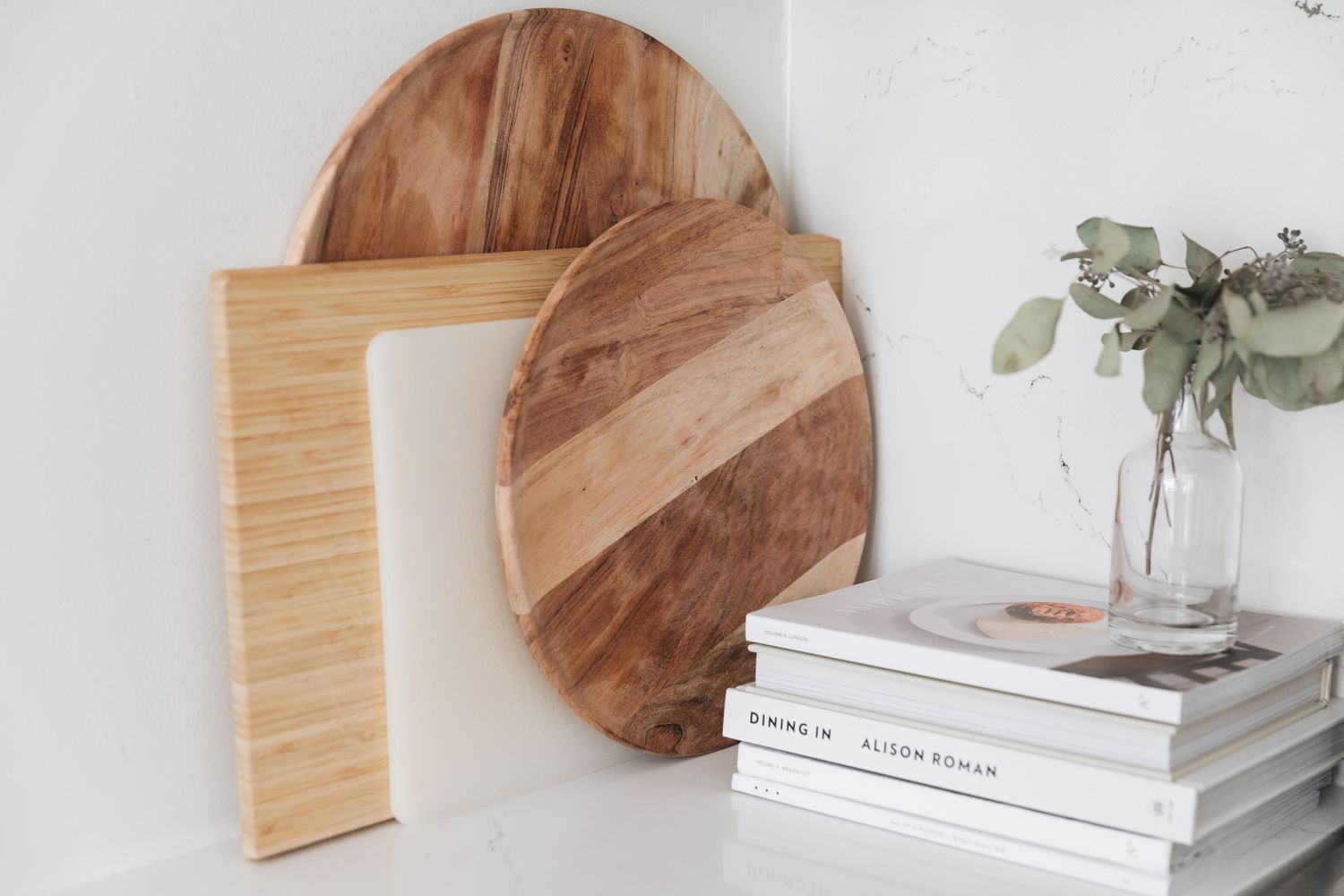
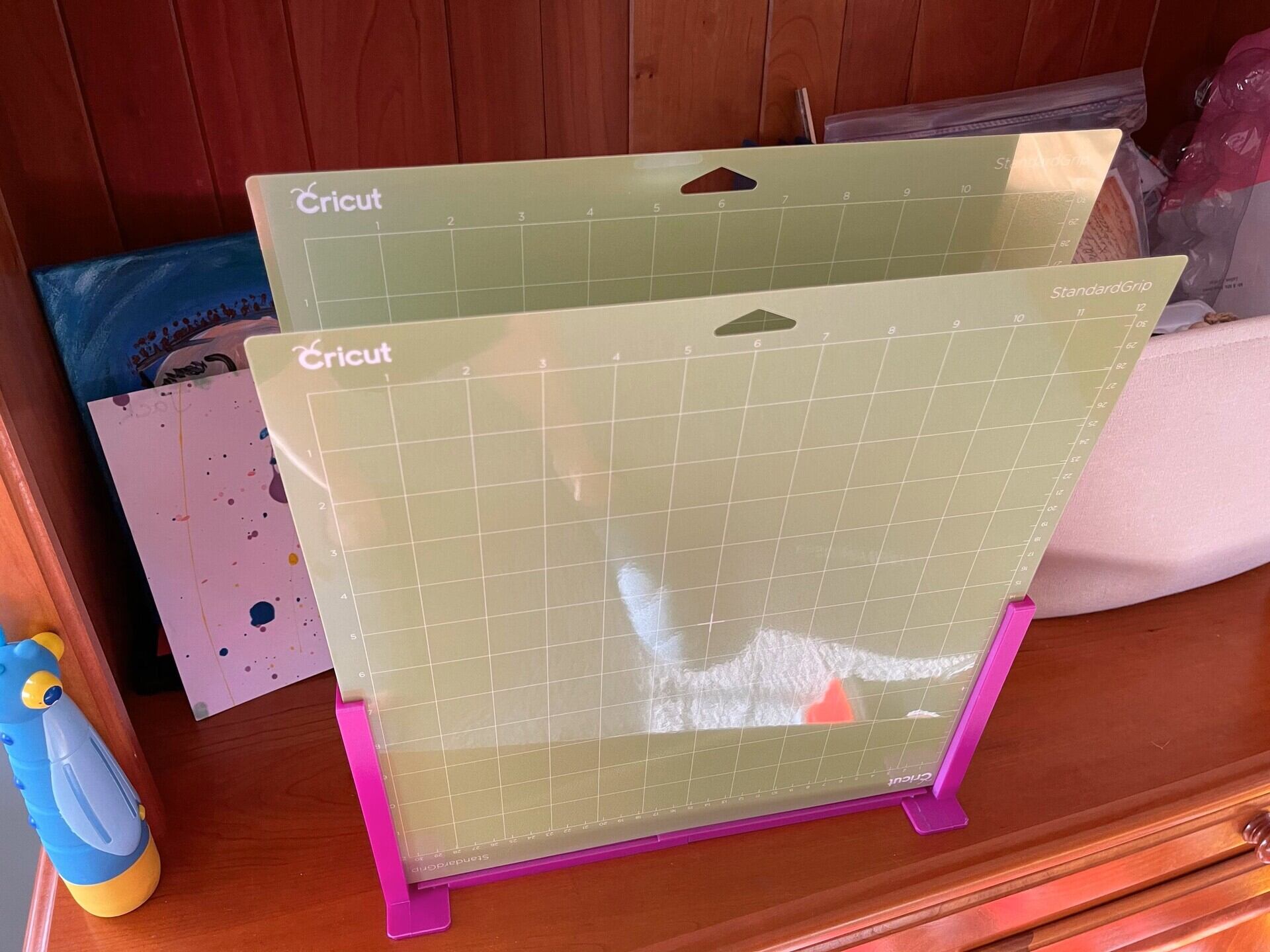
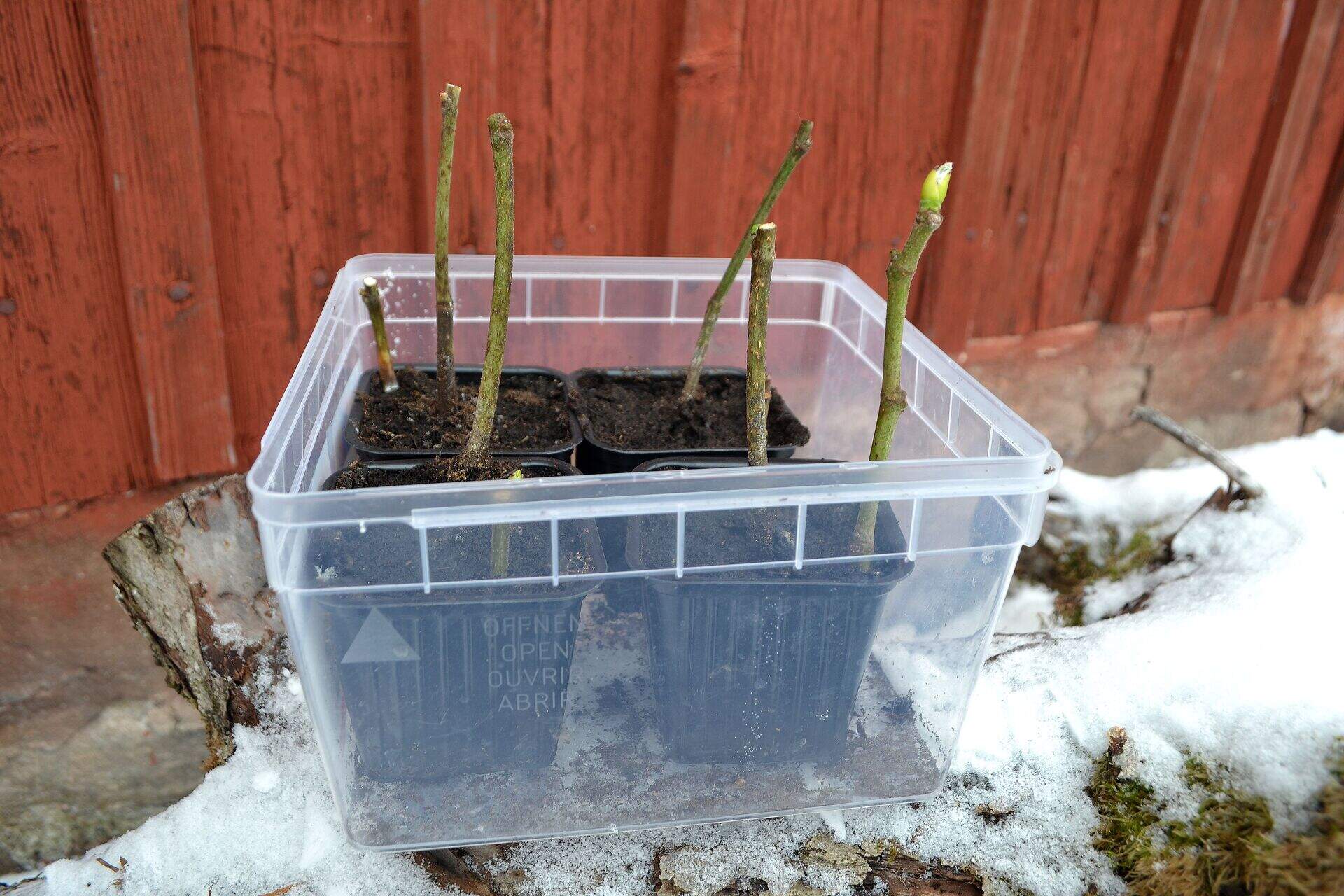
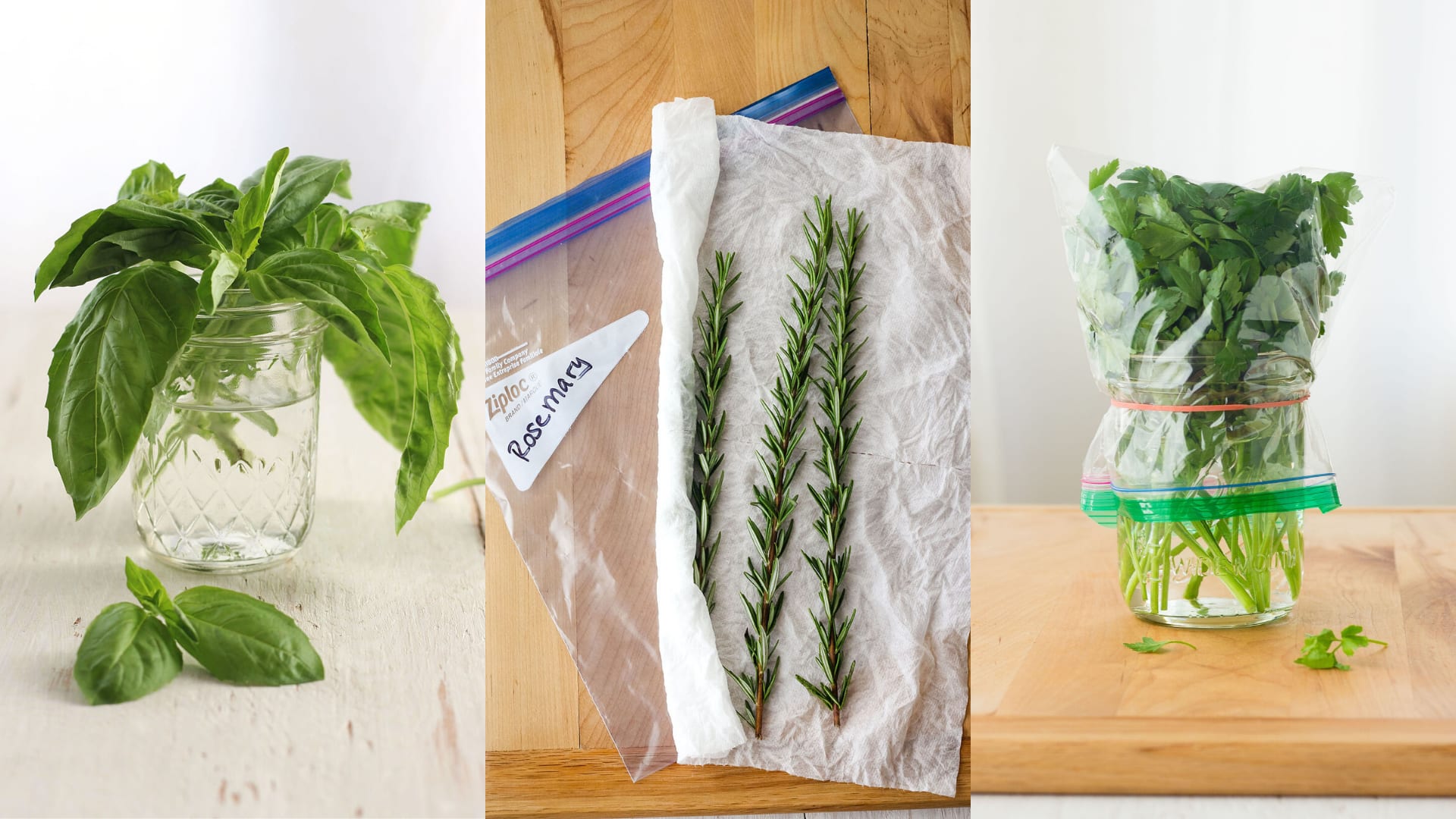
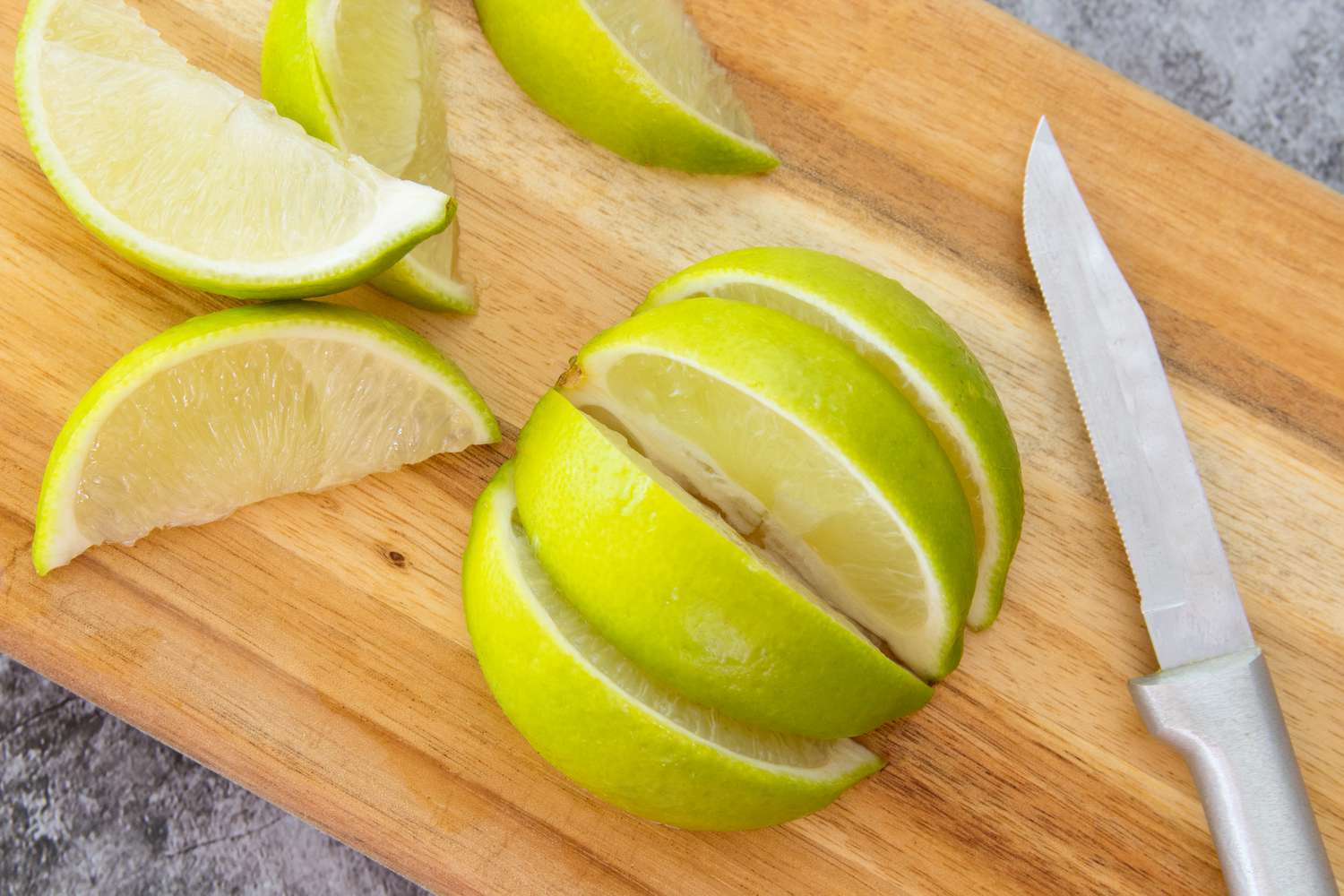
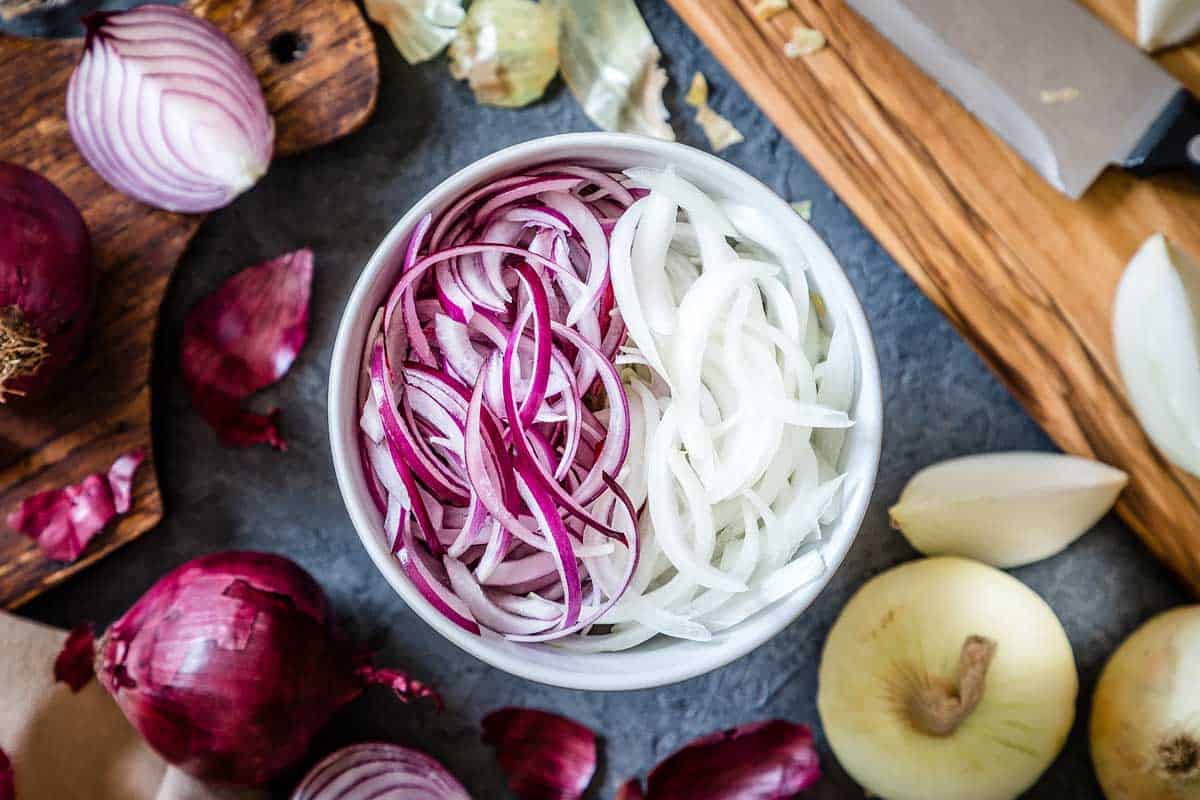

0 thoughts on “How To Store Cut Veggies”